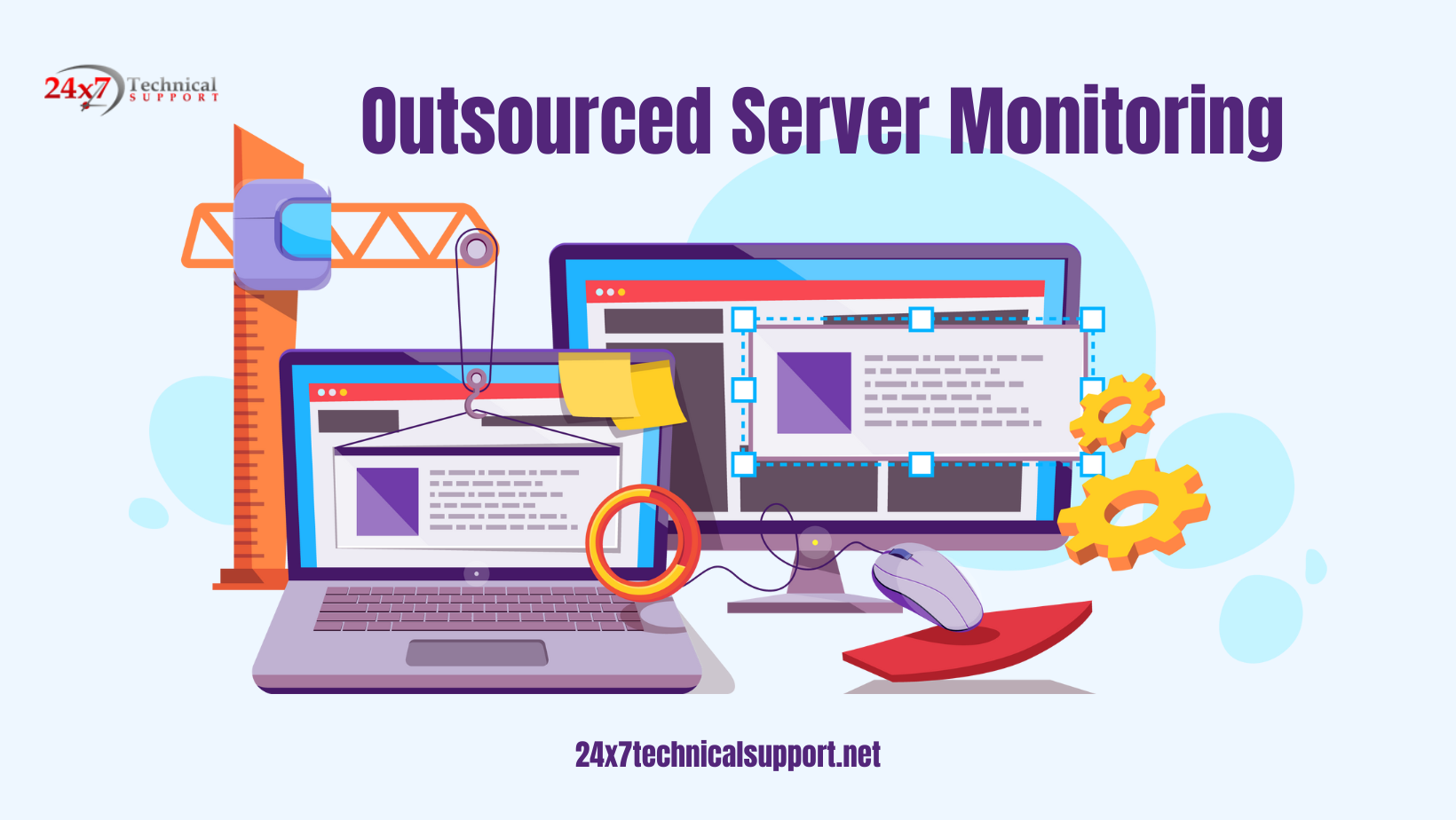
In today’s fast-paced digital landscape, maintaining a robust online presence is crucial for businesses of all sizes. As organizations increasingly rely on web applications, databases, and online services, the performance and security of their servers become paramount. To ensure the smooth operation of these critical systems, many companies are turning to outsourced server monitoring as a cost-effective and efficient solution.
Why Outsource Server Monitoring?
- Focus on Core Competencies : By outsourcing server monitoring to dedicated professionals, organizations can focus on their core competencies. IT teams can redirect their resources toward strategic initiatives instead of spending precious time monitoring servers.
- Cost Savings : Setting up an in-house server monitoring system can be costly. Outsourcing allows companies to leverage the expertise and infrastructure of a third-party provider without the initial investment and ongoing maintenance expenses.
- 24/7 Monitoring : Outsourced server monitoring ensures round-the-clock surveillance, even during holidays and weekends, which can be challenging to maintain in-house.
- Proactive Issue Resolution : Experienced monitoring teams can detect and address issues before they escalate, minimizing downtime and the associated costs.
Key Aspects of Outsourced Server Monitoring
- Monitoring Tools : A reputable service provider should employ a variety of monitoring tools, including real-time performance metrics, logs, and alerts. These tools help in identifying anomalies and potential problems.
- Customized Alerts : Configurable alerts are crucial. Businesses can define specific thresholds for alerts so that the monitoring service only reports issues that truly require attention.
- Security : Security is a top concern. The outsourcing partner should have strong security measures in place to protect sensitive data and ensure compliance with relevant regulations.
- Scalability : As businesses grow, their server monitoring needs evolve. Ensure that the chosen provider can scale their services to accommodate increasing demands.
- Comprehensive Reporting : Regular reports and analytics provide insights into server performance and can guide future infrastructure decisions.

Best Practices for Outsourced Server Monitoring
- Choose the Right Provider: Research and select a provider with a strong track record in server monitoring. Read reviews, request references, and assess their technical capabilities.
- Define Clear Objectives: Clearly communicate your organization’s monitoring objectives and requirements to the service provider. The more information they have, the better they can tailor their services to your needs.
- Regular Review Meetings: Schedule regular meetings with the outsourcing partner to discuss performance, issues, and future enhancements.
- Collaboration: Maintain open communication between your internal IT team and the monitoring service provider. This collaboration ensures that everyone is aligned on goals and expectations.
- Security Protocols: Establish strict security protocols and data access controls to protect sensitive information.
- Stay Informed: Stay informed about industry best practices and emerging threats. This knowledge can help you work with your provider to adapt and enhance your monitoring strategy.
Outsourced server monitoring is a proactive approach that empowers businesses to maintain the reliability and efficiency of their critical IT infrastructure. By partnering with a trusted service provider, organizations can shift their focus from the complexities of server monitoring to the strategic tasks that drive growth and success. Remember that choosing the right provider, setting clear objectives, and fostering collaboration are key to reaping the benefits of outsourced server monitoring.
Conclusion :
In conclusion, outsourced server monitoring can be a game-changer for businesses looking to ensure the seamless operation of their online services and applications. With the right partner and a strategic approach, companies can maintain a competitive edge in an increasingly digital world while saving both time and money.